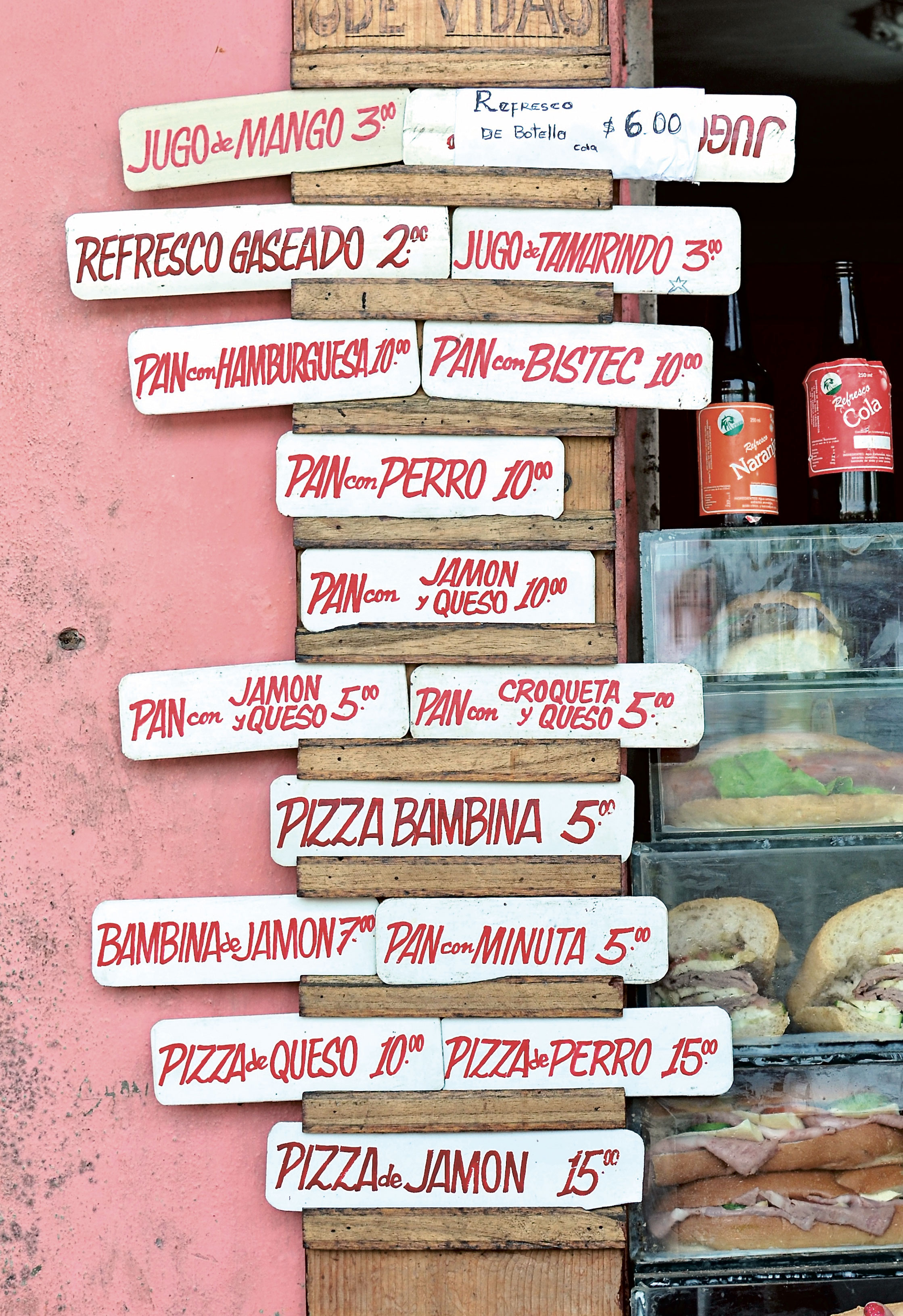
3 things the Duchess of Cornwall will love about Cuban Food
Prior to first Royal visit, Camilla is 'not so sure' about the food. We're here to reassure her with Cuba the Cookbook!
We’re pleased to hear that Prince Charles and Camilla, Duchess of Cornwall, will visit Cuba as part of their trip to the Caribbean this spring. We’re also delighted to hear that the Duchess is looking forward to hearing the island’s music and admiring its architecture. However, we were a little concerned by reports that she “wasn’t sure about the food.” Let us reassure you, Duchess, by leading you through our recent publication, Cuba: The Cookbook
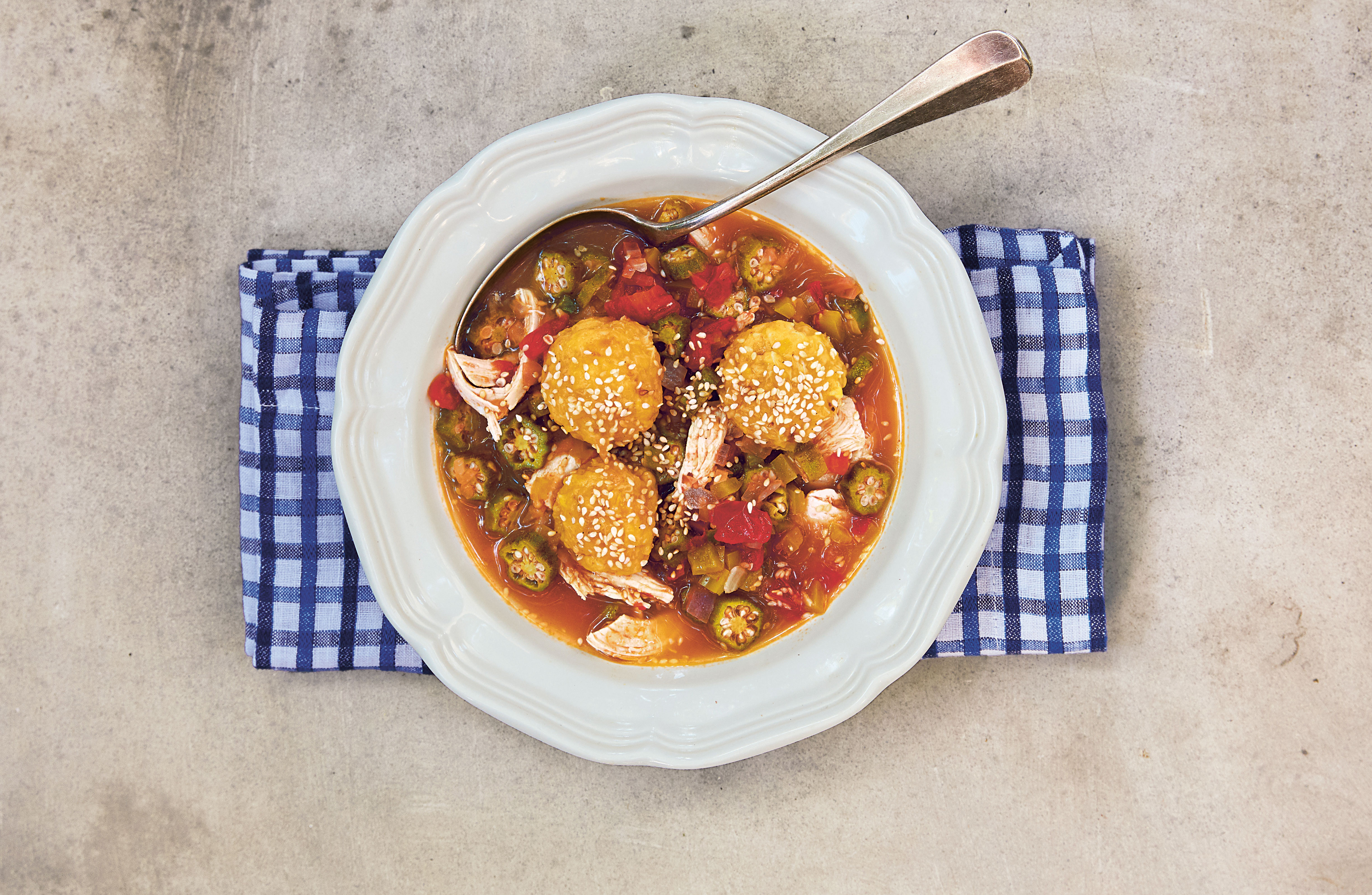
Cuban food is surprisingly varied While the Island’s indigenous population has some influence over the food cooked and served in Cuba today, plenty of the techniques and ingredients came from overseas. The Spanish brought pork and spices; African slaves contributed yams, plantains, taro root, and okra; and Chinese servants introduced fruit ice creams and bok choy. There are even some British influences too, albeit at one remove. “Waves of immigrant Haitians and Jamaicans to the Eastern side of Cuba between 1913 and 1917, which brought French and English cooking techniques and dishes, such as the use of coconut milk in various recipes, and dumplings,” explains our book.
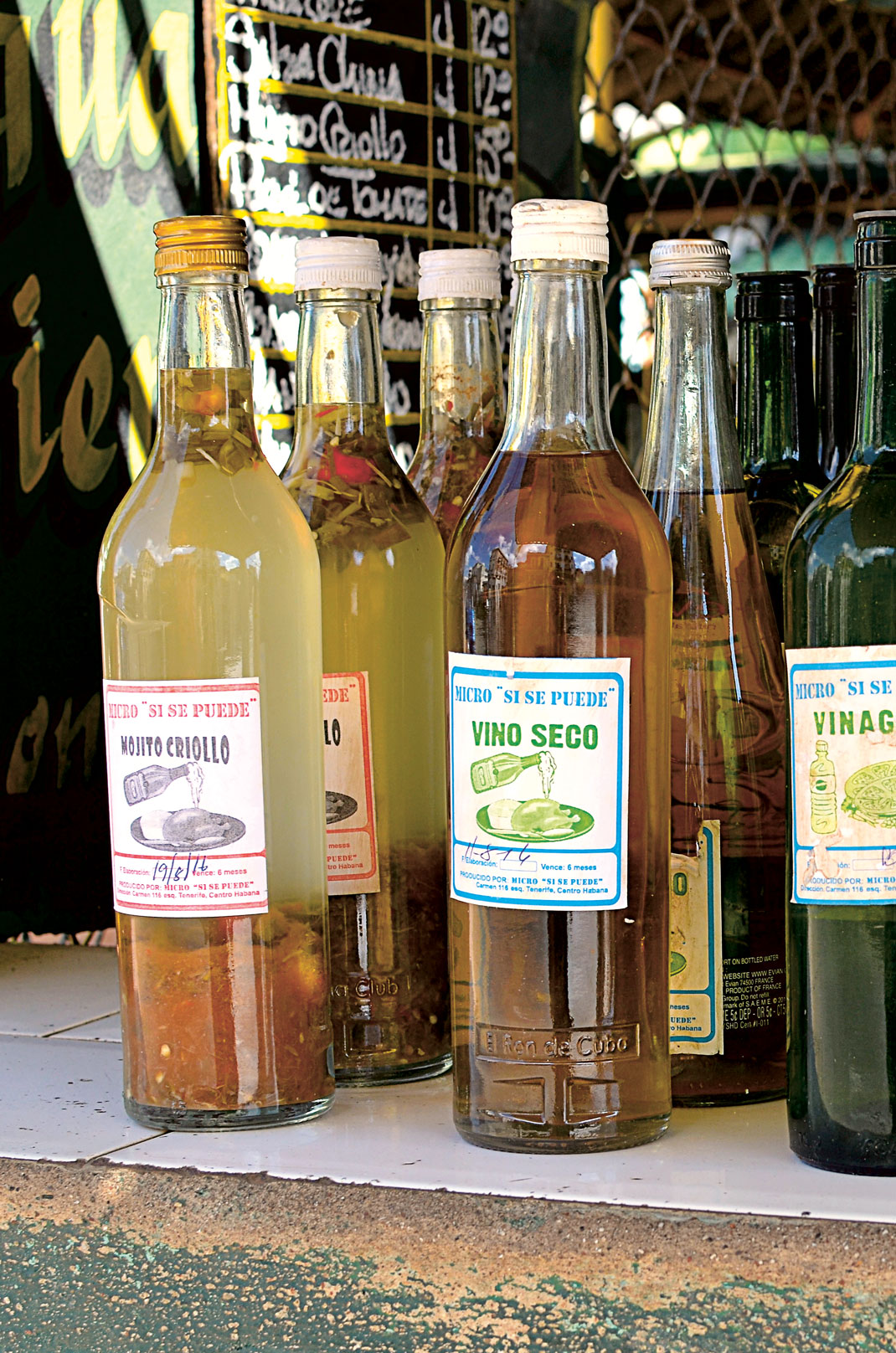
The accompanying drinks are incredible The duchess should find plenty to like in the home of the mojito and the daiquiri. “Alcoholic beverages are elemental to many social interactions, whether the simple aguardiente, a refined rum, or a nice, cold beer on a hot day,” says our book. However, Cuba is also great for morning drinks too. “In the early years, hot chocolate, made from cacao from Baracoa, was the most common drink in Cuban homes,” says Cuba: The Cookbook. “But when French colonizers immigrated to Cuba at the time of the Haitian Revolution in 1791, coffee production and exportation were developed. As a result, by the nineteenth century, coffee had displaced hot chocolate as the national drink—though it remains common for Cuban children to drink hot chocolate with breakfast.”
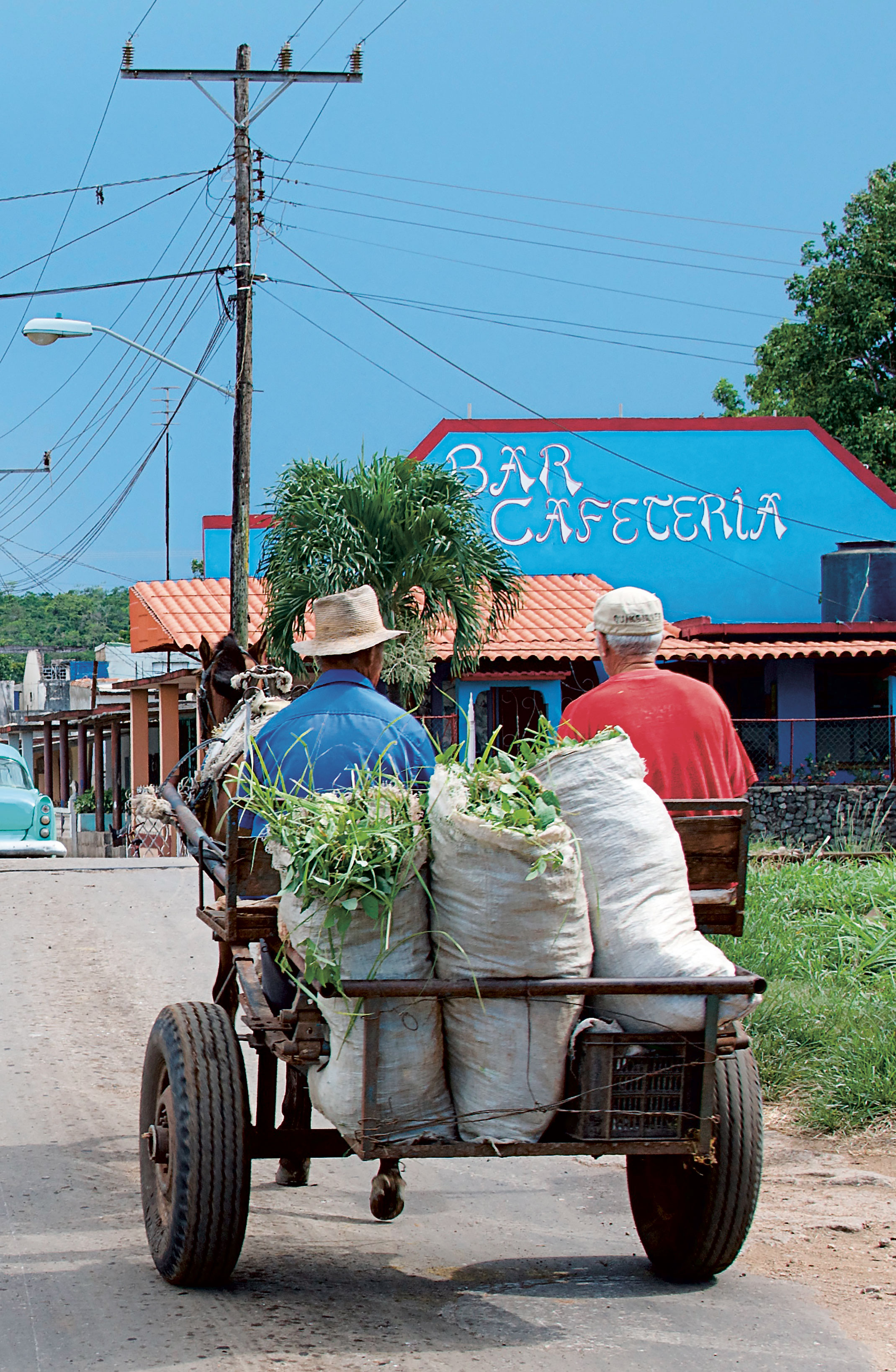
It’s healthy (and ecological) too You might wrongly think of it as a slightly heavy, meat and maize-based cuisine, but Cuba is changing, with some cooks looking to the island’s biodiversity for new, vegetarian additions to its food. “From 1992–2006, I was a Director and Chef at the Eco-Restorán El Bambú, the first vegetarian restaurant in Cuba,” says Cuba: The Cookbook’s co-author, Madelaine Vázquez Gálvez. “It was there that I learned to cook with the enormous variety of edible plants that grow in my country, some of which have recently been incorporated into the Cuban diet.”
There's even a sustainable, foodie destination in the north of the island. “The city of Baracoa can easily be considered the place with the most authentic culinary traditions, due to its geography," explains Cuba: The Cookbook. "Located on the northeastern tip of Cuba, this coastal region is isolated from the rest of the island on the other side by a mountain range. A road that created access to Baracoa was not built until 1964, which means that its geographical isolation led it to maintain a self-sufficient, sustainable food culture not found anywhere else in Cuba.”
And while plenty of other countries rely on food grown by huge agricultural producers, and flown half way across the world, many cooks in Cuba use local, small-scale producers, thanks to the island’s thriving farmer’s markets. “There are many farmers’ markets, known as agromercados, or el agro, that sell fruits and vegetables. They are located in every neighborhood in the city and throughout the island, and vary from a small stand with just a couple of products, to a larger market with up to thirty different vendors.”
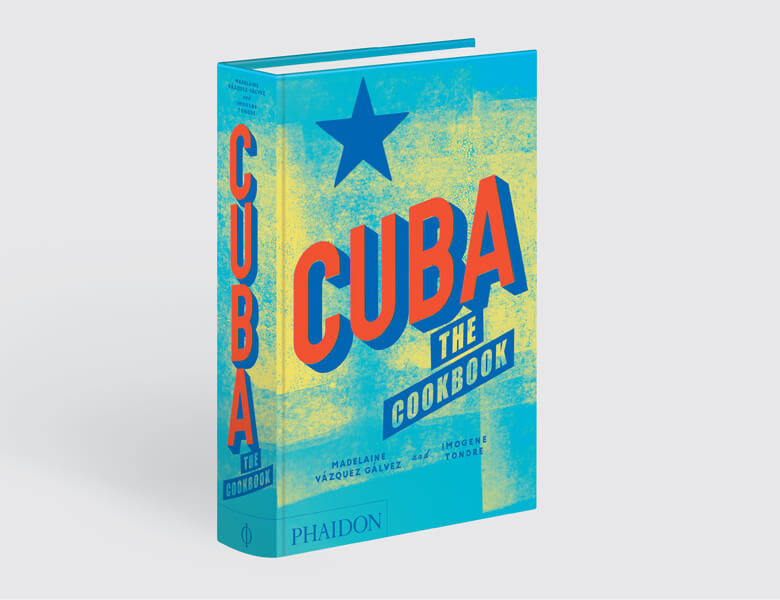
To find out more about Cuba’s delicious, varied cuisine, order a copy of Cuba: the Cookbook here. And that includes you too Camilla.